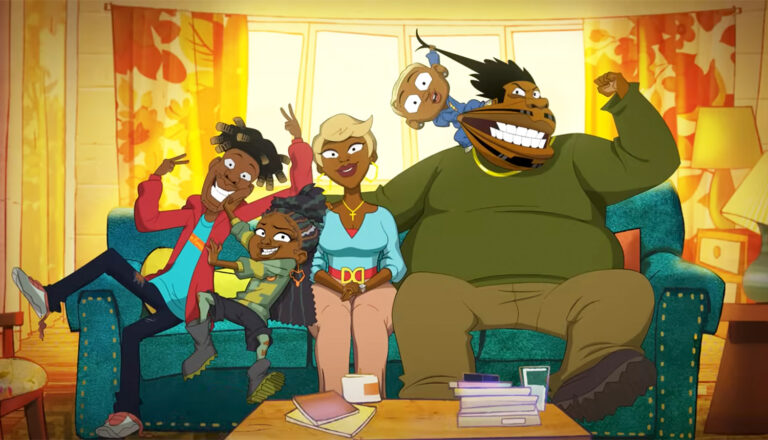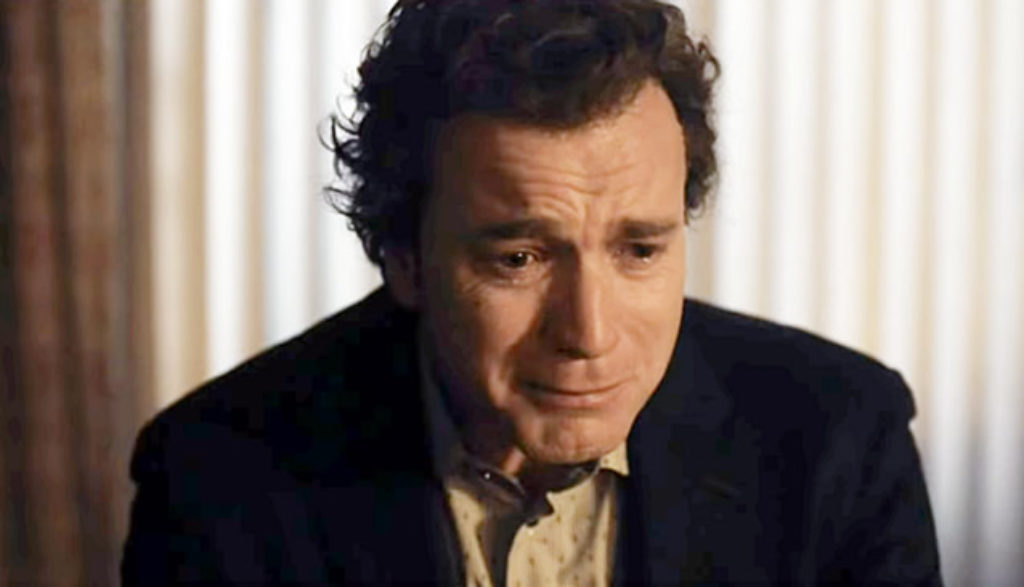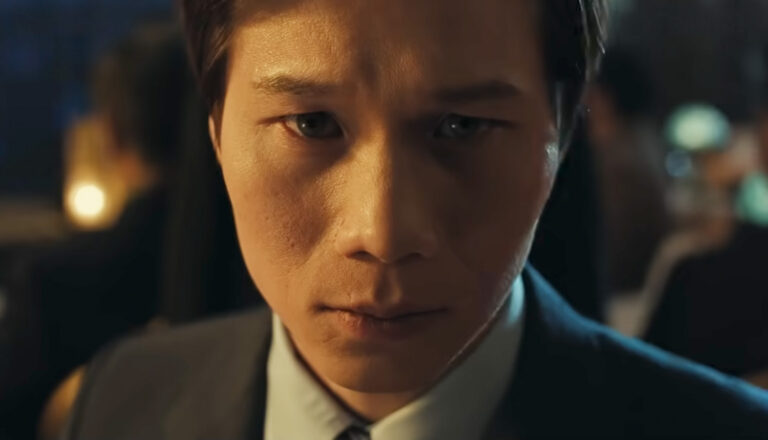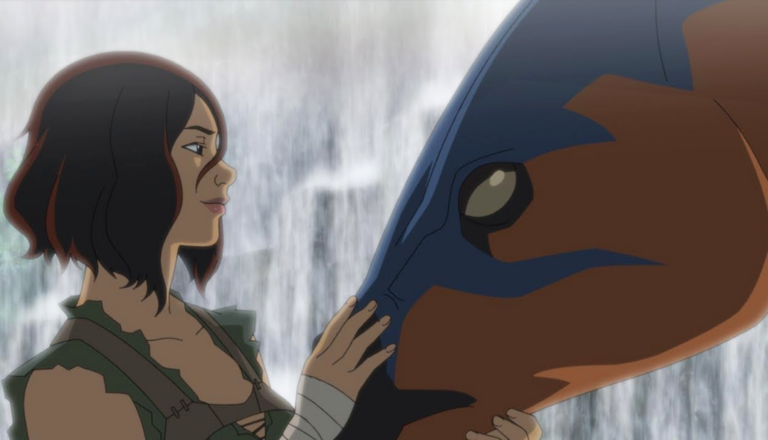
Good Times
Netflix takes a classic sitcom, Good Times, and turns it into a vulgar, violent, sexually-charged TV-MA show.

Critics considered it one of the best (and grimmest) movies of the late 20th century, doncha know.
Released in 1996, Ethan and Joel Coen’s film Fargo is a dramedy as dark and cold as the north woods winter in which it takes place. It’s filled with quirky characters, dark deeds and a now-infamous wood chipper. It used its unlikely “true” story, as well as its murderous charm, to gain a place on the National Film Registry and secure a couple of Oscars.
The FX show, now in its third and perhaps (if the rumors are true) final season, is no less quirky, no less praised and, in truth, no less dark.
FX’s Fargo, created for television by Noah Hawley, embraces the strange, at times gruesome comic vibe of the Coen brothers. Each episode begins with a crawl saying, “This is a true story … At the request of the survivors, the names have been changed. Out of respect for the dead, the rest has been told exactly as it occurred.” That crawl, every season, is a boldfaced lie.
The stories themselves differ each year, as does the cast. Allison Tolman and Billy Bob Thornton anchored the first season, centered around a series of murders linked to Thornton’s mysterious character, Malvo. (It won an Emmy for Outstanding Miniseries and was nominated for seven more.) Kirsten Dunst and Jesse Plemons play persons of interest in the second season, covering up a hit-and-run murder. (It was nominated for another 18 Primetime Emmys.)
The third season focuses on Ray Stussy (Ewan McGregor), his brother Emmit (also played by McGregor) and a contested and valuable stamp—one that Ray and fiancée Nikki Swango (Mary Elizabeth Winstead) try unsuccessfully to swipe. Instead, they must cover up a pair of deaths as brother Emmit finds himself embroiled in some increasingly shady dealings.
But while the stories change from season to season, the content we find feels starkly—and darkly—consistent.
This melancholy series does like to sit and brood for stretches. But when it gets moving, it descends with the fury of a North Dakota blizzard. People die in horrible ways, and not just in wood chippers. Blood drips, gurgles and spews. S-words and other vulgarities are sprinkled on the snow right along the blood. And sex can be problematic too—if not visually, at least topically. (In one episode, for example, an extended conversation revolves around bestiality.)
And then there’s that über-depressing undercurrent the Coens are so well known for, migrating as they do from quirkily bleak to bleakly quirky, depending on the project. In the midst of that? God, sometimes. But not in the way you might like. God can be an inscrutable and vengeful here. Meanwhile, weak men do unspeakable things as unsung law officers struggle to make sense of it.
And to all of that, while shivering in the cold and dark, Fargo asks us to laugh—laugh in the way that men do when there is no hope.
Nikki, a one-time convict who now is engaged to probation officer Ray Stussy, is recovering from a savage beating she received in the previous episode. Ray plots to get revenge, but the two (covering up a couple of shady deaths of their own) get spooked by the police and vamoose to a cash-only hotel. Meanwhile, Ray’s brother, Emmit, continues to work with a dubious organization led by British honcho V.M. Varga—the man behind Nikki’s terrible beating. When the police question Emmit about his brother, Varga decides to take care of Nikki and Ray in a more permanent fashion.
A man dies after getting smashed in the face by a glass case, a shard of glass puncturing an artery in his neck. (He bleeds out after removing the glass fragment.) We also see flashbacks of Nikki’s horrific beating: Two men kick her repeatedly in the chest and gut. We see tons of terrible-looking bruises when Nikki takes a bath (her privates are obscured by her own body and ice) and puts on a shirt (we see a bit of her bra and a lot of her bruise-riddled stomach).
Vargas’ teeth are terrible: We see him apparently drilling a sharp, metal piece in one of the desiccated chompers (or, perhaps, the gums above), to predictably bloody effect. A man hides in the shadows, preparing to kill someone with a garrote. We hear about how someone died by having their nose and mouth glued shut. We see an assassin in the story leave a restaurant with a gun drawn.
Varga tells a story about how World War I began. He also suggests that the moon landing never happened, but took place instead on a sound stage. (We see the “astronaut” walk out the door and take a cigarette from a nearby woman, which he smokes.) After telling the story and being met with doubt, he says, “Let each man say what he deems truth and let truth itself be commended unto God” (a quote from 18th-century philosopher Gotthold Ephraim Lessing). Varga smokes, and he also plots to help Emmit grow his parking-lot business via underhanded means.
We hear sporadic profanities such as “a–” (once), “b–ch” (once) “d–n” (twice), “h—” (once) and the British profanity “bloody.” God’s name is misused twice as well.
“Buridan’s Ass”
The episode’s title refers to a philosophical paradox: A hungry and thirsty donkey, placed an equal distance between food and water, dies—paralyzed by indecision. And, indeed, characters who hesitate are punished here. “Kill or be killed,” a crime boss declares.
Lester sneaks out of a hospital, steals a car, breaks into his brother’s house and plants incriminating evidence there—the hammer he used to kill Pearl, pictures of her and a pair of her panties. He jams a handgun into his young nephew’s backpack.
Malvo knocks one-time partner Chumph unconscious, duct tapes him to a piece of exercise equipment, sticks an unloaded shotgun in the man’s hand and then shoots randomly (with another gun) into the street. Police descend on the site and eventually, mistakenly, kill the helpless Chumph. (We see both blood and trauma as slugs slam into his body.) Malvo later cuts his own hand, intentionally leaving behind a trail of blood. And another of Malvo’s victims dies gruesomely, blood burbling, as the show’s prime villain stabs him, twists the knife and slashes his throat.
We witness a couple of car crashes, more shootings and more bloody bodies. Fish rain from the sky, leaving their own blood and guts all over everything. God’s name is merged with “d‑‑n” a couple of times. Stavros evokes the Lord’s name to get out of paying at a parking garage. One s-word, two more uses of “d‑‑n” and other misuse of God’s name round out the cursing. Thugs order mai tais.


Paul Asay has been part of the Plugged In staff since 2007, watching and reviewing roughly 15 quintillion movies and television shows. He’s written for a number of other publications, too, including Time, The Washington Post and Christianity Today. The author of several books, Paul loves to find spirituality in unexpected places, including popular entertainment, and he loves all things superhero. His vices include James Bond films, Mountain Dew and terrible B-grade movies. He’s married, has two children and a neurotic dog, runs marathons on occasion and hopes to someday own his own tuxedo. Feel free to follow him on Twitter @AsayPaul.

Netflix takes a classic sitcom, Good Times, and turns it into a vulgar, violent, sexually-charged TV-MA show.

While its protagonist might live a nuanced life, The Sympathizer’s problematic content can’t be described the same way.

Say hola once again to the iconic explorer in this faithful reboot of the children’s series.

Based on a popular video game, Ark: The Animated Series features hungry dinosaurs, bloodthirsty people and plenty of problems.